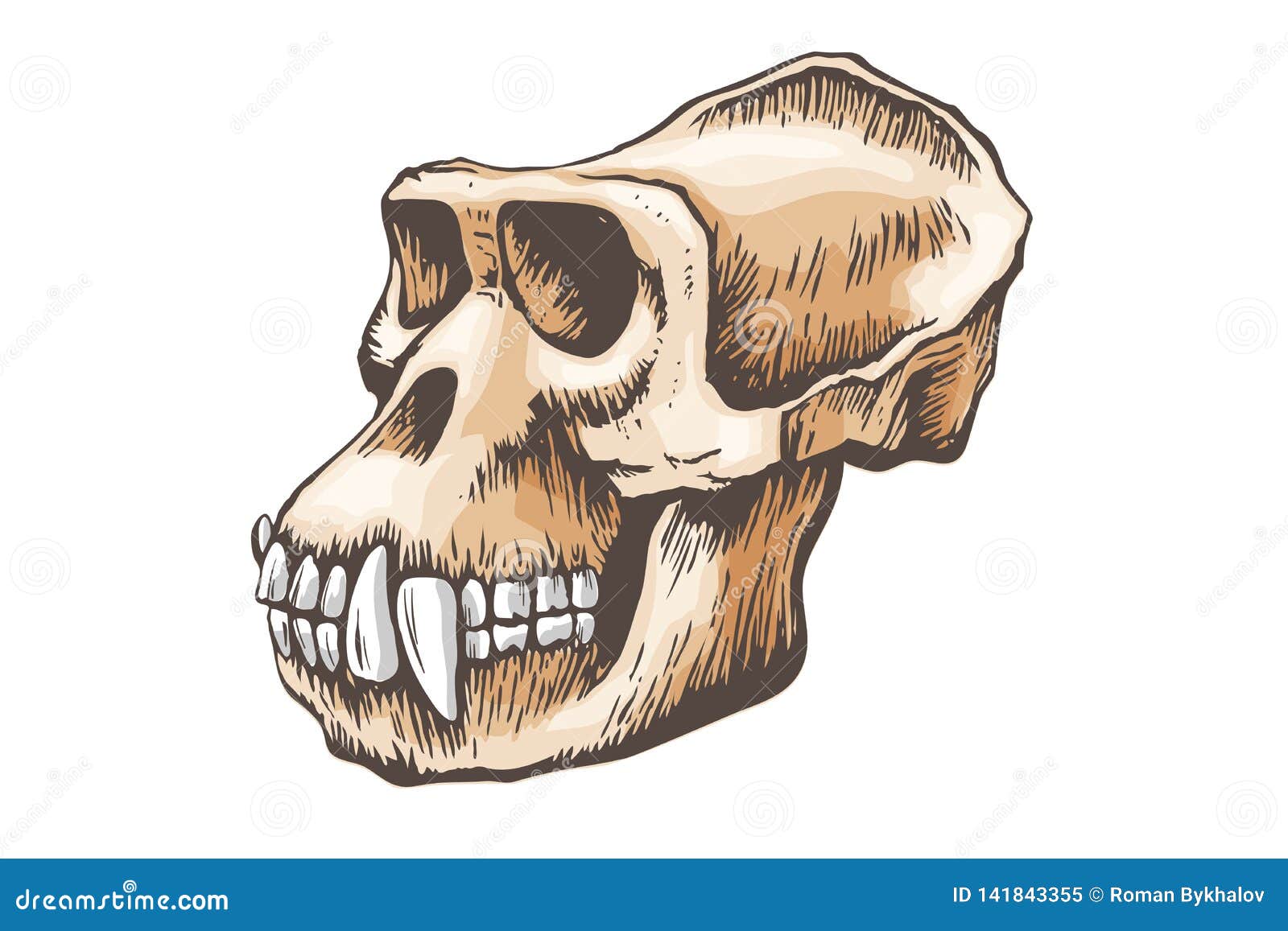

Quite human-like, gorillas have a hairless face, five digits on both hands and feet which include opposable thumb and big toe in which they use to grab and cling on to objects and branches. See if you can name some of the parts before holding your mouse cursor over the diagram.ĭid you get any correct? For a larger image click HERE! Below is the external anatomy of a Gorilla. Female gorilla skulls are much smaller, but this is because males grow larger in body size and the size of their skull has grown in co-ordination with this factor.īelow is a skeletal diagram of a typical gorilla. The male skull length averages 29.5 centimetres. The human skull has a more rounded shape whereas the gorillas skull has more prominent crests and ridges of bone. Most authorities recognize two species and four subspecies. Gorillas live only in tropical forests of equatorial Africa. Only the chimpanzee and the bonobo are closer. The gorilla is one of the closest living relatives to humans both groups last shared a common ancestor about 10 million years ago. You may also notice that the skulls are shaped differently too. gorilla, (genus Gorilla), genus of primates containing the largest of the apes. The main differences between the two are the longer arms, larger rib cage and wider pelvic bone of the gorilla. You can see the similarities between the two. 822-1 (), closely matches that of the gorilla.The specimen is a fragmentary but well preserved skull of an adult individual found in the Unda Hadar, a tributary of the Awash River running parallel to the Kada Hadar. Take a look at the two diagrams below, one of a human being and the other of a gorilla. The ramus of an Australopithecus afarensis specimen discovered in 2002, A. Gorillas move around by knuckle-walking, although they sometimes walk upright for short distances, typically while carrying food or in defensive situations. Adult males also have a prominent sagittal crest. A gorilla is designed to walk sometimes on all fours with both hands and feet, and sometimes on two feet. Gorilla facial structure is described as mandibular prognathism, that is, the mandible protrudes farther out than the maxilla. The gorillas skeleton is similar to a human skeleton, however, their feet are larger and their arms are longer because of the way it moves.


 0 kommentar(er)
0 kommentar(er)
